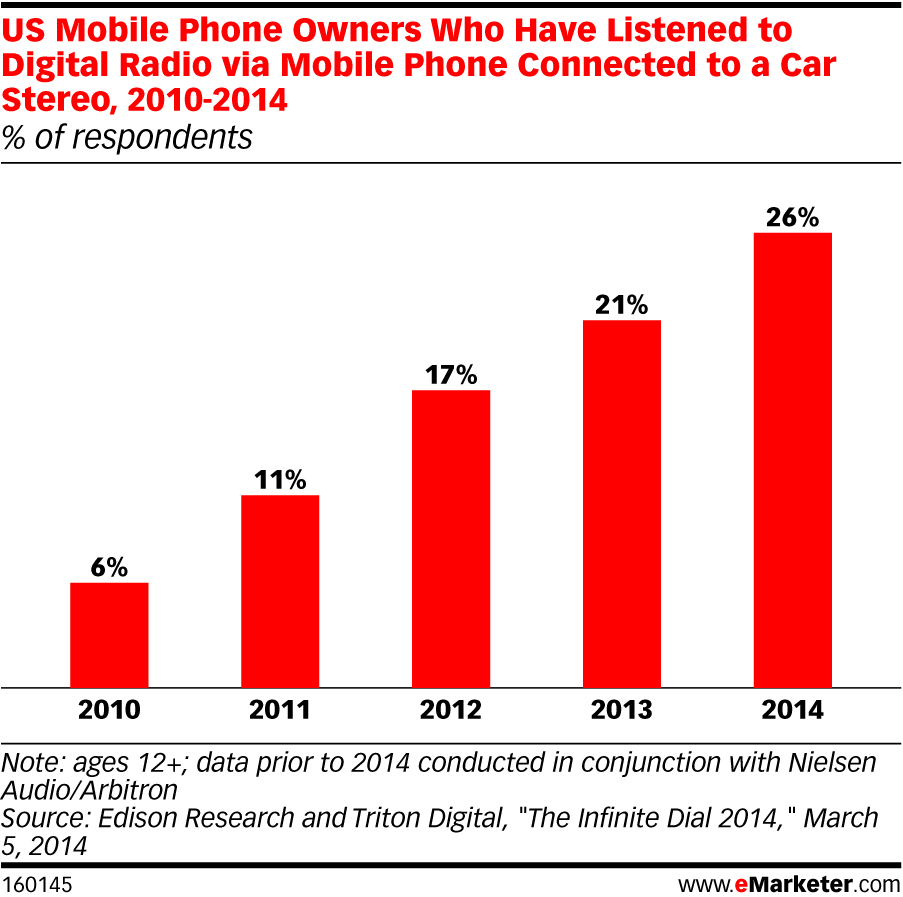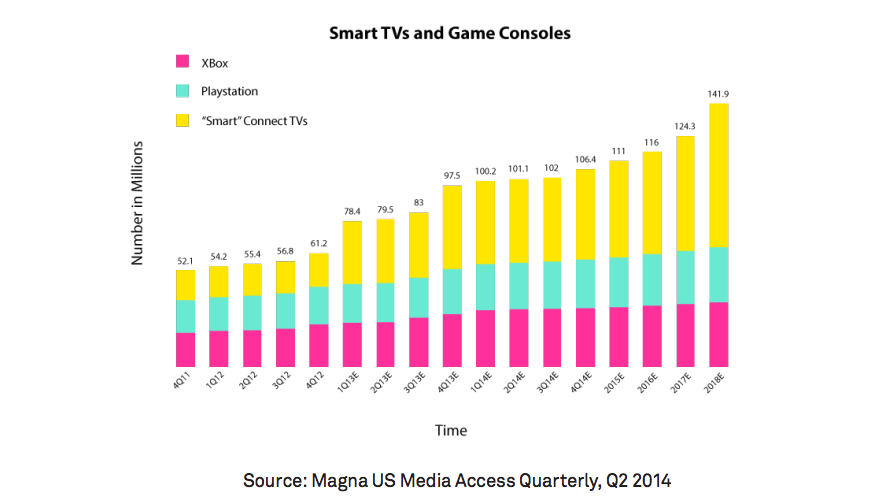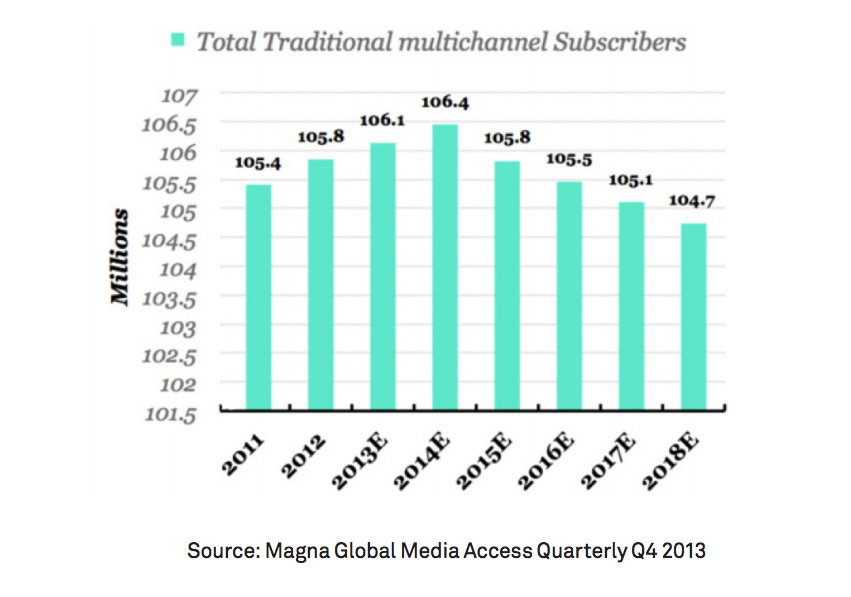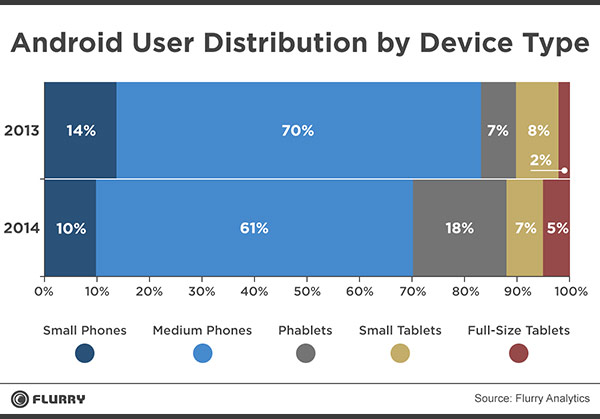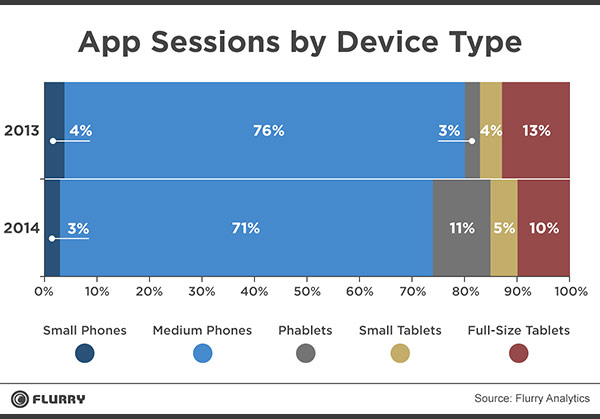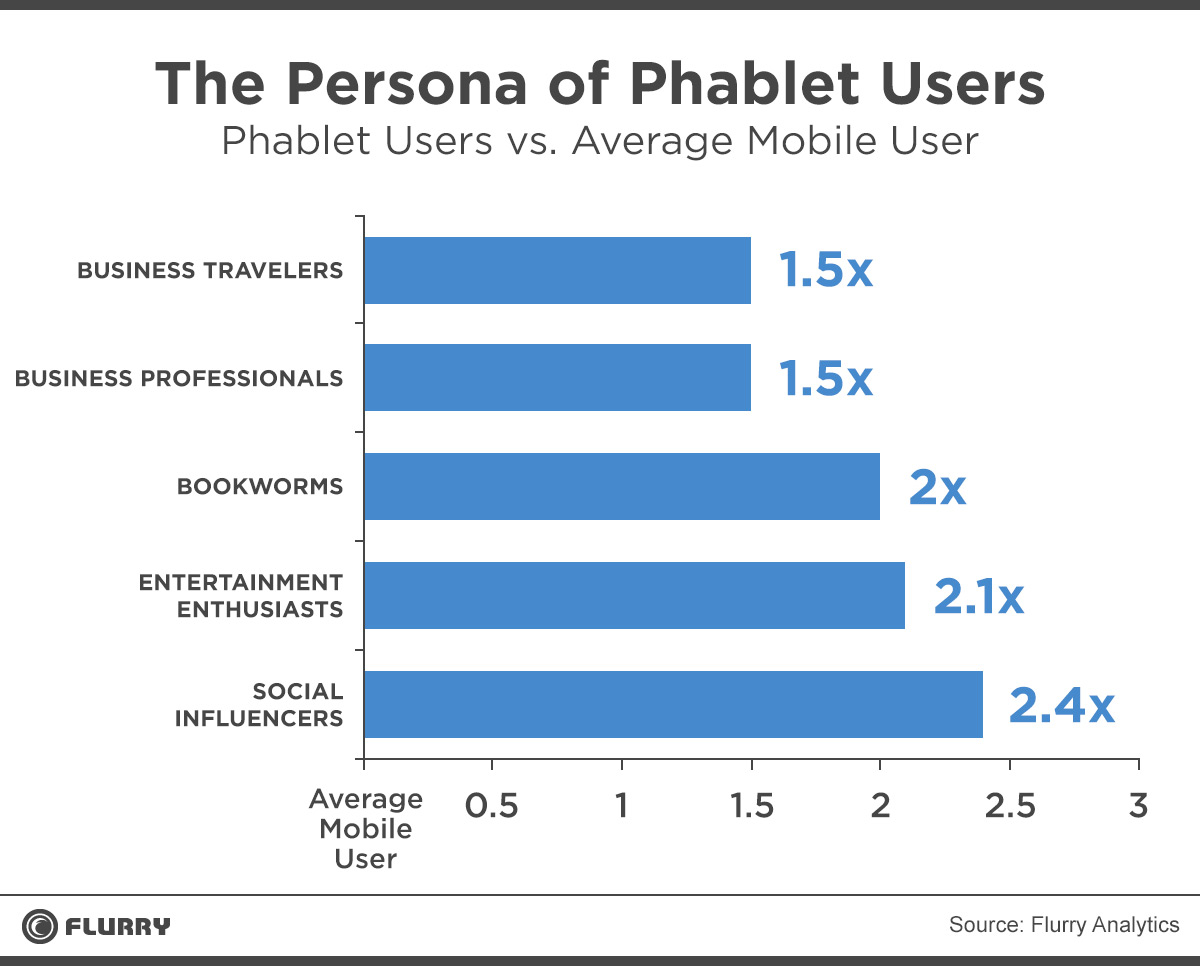CBS’ Chief Research Officer David Poltrack, CMO of AOL Advertising Erika Nardini, and IPG Mediabrands’ Global CEO Matt Seiler came together this morning to talk about the future of audience measurement in a hyper-connected, multi-platform world. Representing the three key facets of the market (media companies, digital advertisers, and agencies, respectively), the three panelists debated shifting consumer behaviors and how the industry is adapting to such changes.
Time- and place-shifting
The increase in watching content on different devices, and different times, has greatly affected traditional measurement. “As a network, CBS is still reaching as much audience as we did back in 2000, once the DVR numbers factor in,” said Poltrack, “but we are now reaching an audience where 62% of them are also simultaneously on mobile devices,” which poses new challenges to audience measurement. Nardini agreed with him while adding that “mobile is the future, and our mobile strategy is ‘video strategy’”.
Receptivity
“Ad performance is no longer entirely about impressions or other traditional metrics,” Nardini explained, “it’s about resonating with the audience through a message”. Poltrack also commented on CBS’ recent efforts in bringing in long-term ad effects that are monitored throughout the whole span of ad campaigns into consideration, citing that the long-term effect is usually 2 or 3 times higher in key measurements than the short-term effect.
Simplicity
As Mr. Seiler reminded the audience, “at the end of the day, simplicity always wins”. Speaking from the agencies’ perspective, clients aren’t interested in overcomplicated media plans and metrics. Setting up a cross-platform programmatic ad system is central to simplifying and unifying the scattered development in audience measurement.
